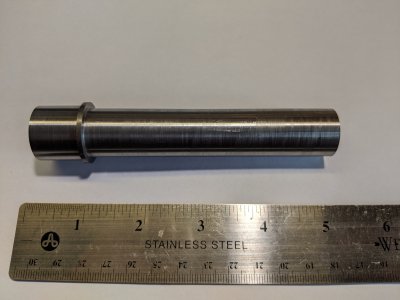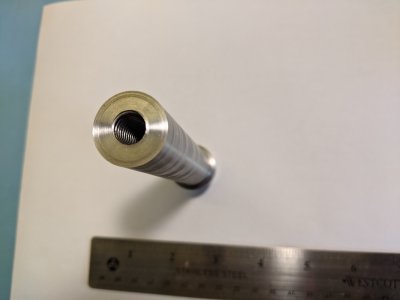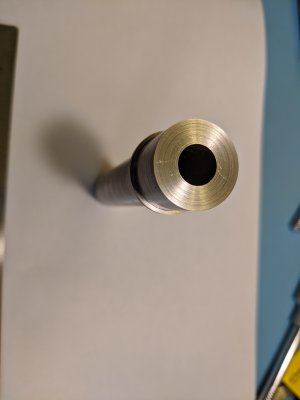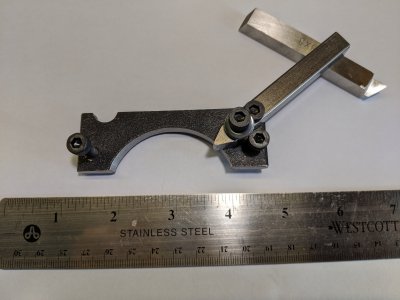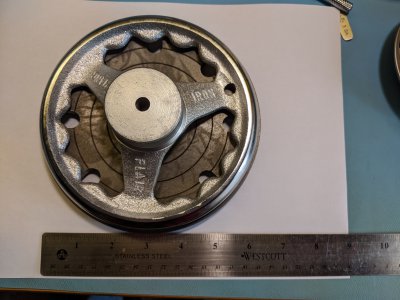@mikey, if you do go further into
helix stuff, put it in the model tools thread. I'd want everyone to be able to find it. And, yeah, when I first read the that model tools thread, it was confusing the first time through. But, with a combination of reading and doing (grinding and threading) things have become much clearer. Speaking for myself, experiencing a non-optimal tool grind motivates me to do it better. The grind I was using made burr filled and almost muddy threads in 3 different materials, aluminum, pvc and 12L14. There's quite a difference in angle between the LMS grind and yours. I measure about an 80 degree angle with the LMS and about 62.3 degrees with yours. So the tip falls away from the thread a lot faster with your grind.
Got a little sidetracked designing an adapter plate for leveling casters for my lathe stand. Basement floor isn't level. Design is done. Template made. Got to cut some metal, after the tool grinding. For the peanut gallery: My wife was listening to me for a while, stopped me and said, "If I had a dollar for everytime you said this would be easy with a milling machine, I'd be a millionaire."
Back to tool grinding... Final location for my belt sander isn't finished, so I'll make a temporary setup. (No power or lights there!) I'll grind a proper threading tool somehow tonight.

 theoreticalmachinist.com
theoreticalmachinist.com

